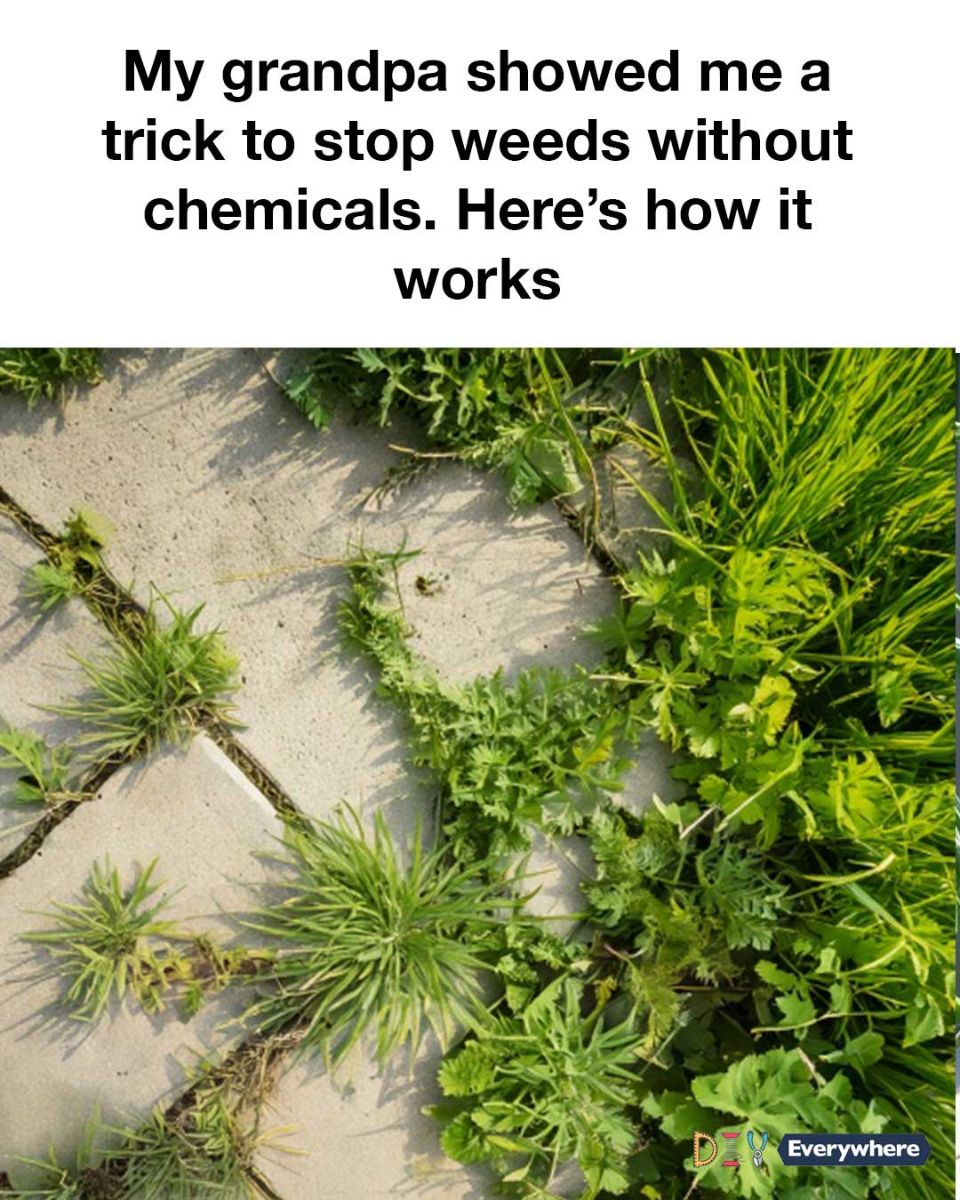In recent years, there has been a growing interest in sustainable and eco-friendly gardening practices. Many gardeners are seeking alternatives to chemical herbicides, which can harm the environment and disrupt local ecosystems. My grandpa, a seasoned gardener with decades of experience, introduced me to a simple yet effective method to control weeds naturally. This method not only reduces the need for chemicals but also enhances soil health and promotes biodiversity in the garden.
Understanding the Cardboard Method
The cardboard method is a form of sheet mulching that involves covering the ground with layers of cardboard to suppress weed growth. This technique works by blocking sunlight, which prevents weeds from photosynthesizing and eventually causes them to die off. The cardboard also acts as a barrier, making it difficult for new weed seeds to take root. Over time, the cardboard breaks down and enriches the soil with organic matter. This method is particularly useful in areas where weeds are persistent and difficult to manage using traditional methods.
Step-by-Step Guide to Using Cardboard for Weed Control
1. Gather Materials: Collect large sheets of cardboard, ensuring they are free of tape, staples, and glossy finishes. You will also need a water source, such as a hose or watering can, and organic mulch like straw or wood chips.
2. Prepare the Area: Clear the area of large weeds and debris. You don’t need to remove all the weeds, but cutting them down will help the cardboard lay flat.
3. Lay Down the Cardboard: Overlap the edges of the cardboard sheets to prevent weeds from sneaking through the gaps. Cover the entire area you wish to protect from weeds.
4. Water the Cardboard: Thoroughly soak the cardboard with water. This helps it conform to the ground and begins the decomposition process.
5. Add Mulch: Cover the wet cardboard with a thick layer of organic mulch. This adds weight to keep the cardboard in place and improves the aesthetic of your garden.
6. Monitor and Maintain: Check periodically to ensure the cardboard remains covered and intact. Add more mulch as needed to maintain coverage.
Why the Cardboard Method Is Effective
Next Page

